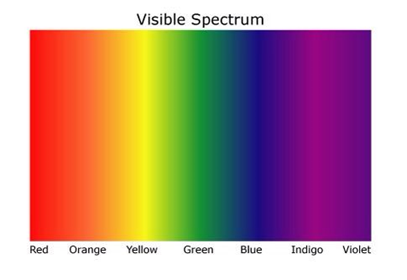3.10 know that light is part of a continuous electromagnetic spectrum that includes radio, microwave, infrared, visible, ultraviolet, x-ray and gamma ray radiations and that all these waves travel at the same speed in free space
Electromagnetic Spectrum:
- A continuous spectrum of waves of differing frequency.
- All electromagnetic waves have the following properties:
- Transfer energy
- Are transverse waves
- Travel at the speed of light in a vacuum
- Can be reflected and refracted
